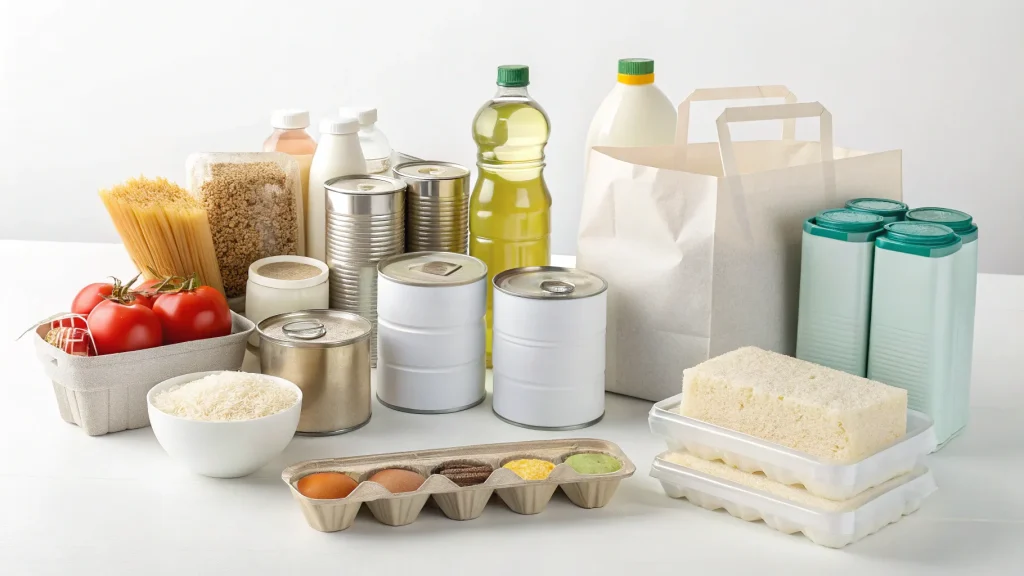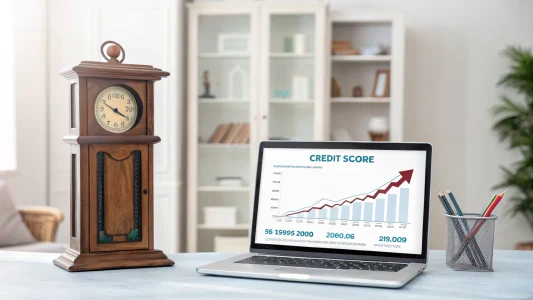Key Products Facing Price Increases
Economic indicators suggest that several major consumer categories are poised for price hikes. Four product categories in particular stand out as worth considering for advance purchases:
Household appliances top the list of items that financial analysts recommend buying sooner rather than later. Manufacturing costs, supply chain disruptions, and increased demand have created ideal conditions for appliance manufacturers to implement price increases across refrigerators, washers, dryers, and other essential household appliances.
Apple’s iPhone lineup also appears on the watchlist for potential price increases. The tech giant has maintained relatively stable pricing in recent years, but industry experts point to rising component costs and inflation pressures that may soon be passed on to consumers.
The automotive market continues to experience pricing volatility. While some segments have seen minor corrections, industry data suggests another round of price increases may be imminent for both new and used vehicles. Supply constraints remain a factor, particularly for specific models and electric vehicles.
Imported Goods Face Additional Pressures
Imported alcoholic beverages are among the products facing potential price hikes. Currency fluctuations, shipping costs, and potential tariff changes all contribute to the likelihood of higher prices for imported spirits, wines, and specialty beers in the near future.
These imported products face a unique set of challenges compared to domestically produced alternatives:
- Transportation costs across international shipping routes
- Currency exchange rate volatility
- Potential changes to import duties and taxes
- Supply chain disruptions at ports of entry
Financial Considerations Before Buying
Financial experts emphasize that advance purchasing makes sense only under specific conditions. Consumers should consider these purchases only if they have both an immediate need for the product and sufficient funds available without incurring high-interest debt.
The key phrase here is ‘if you have a need and the money,'” notes one consumer analyst. Buying something just because it might cost more later isn’t always financially sound, especially if you’re putting it on credit.”
For those who meet both criteria, acting now could result in meaningful savings, particularly on big-ticket items like appliances and vehicles, where even a 5-10% price increase translates to hundreds or thousands of dollars.
Budget-conscious consumers should also consider the opportunity cost of spending now versus saving that money for other purposes. The decision ultimately depends on individual financial circumstances and the urgency of the item’s need.
Market analysts suggest that these price increases may begin to take effect within the next quarter, giving consumers a relatively narrow window to make purchases at current rates. Those planning major purchases in these categories might benefit from accelerating their timeline if financially feasible.
















